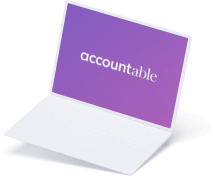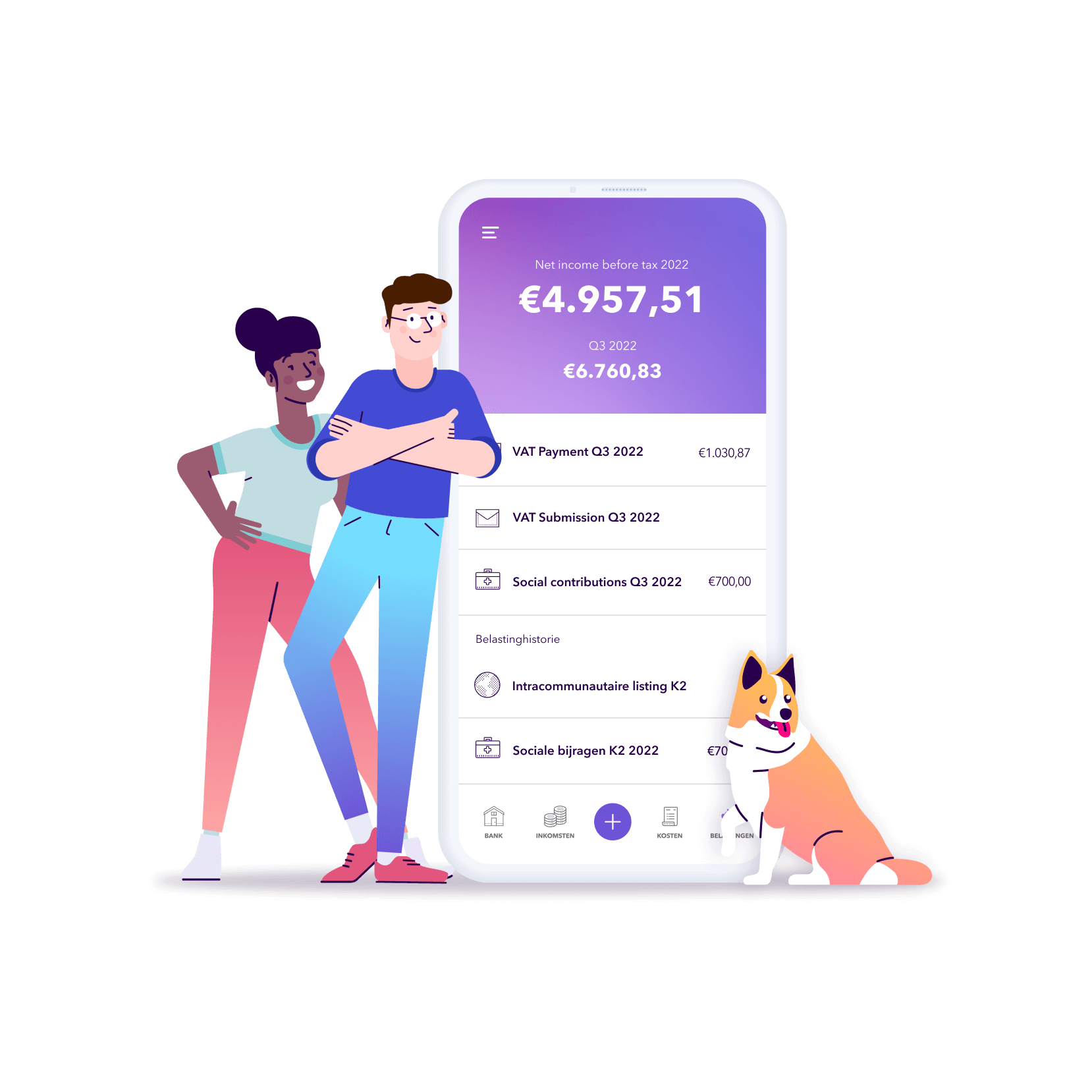
Self-employment as a main or secondary occupation: which is the better option?
Read in 3 minutes
The allure of self-employment beckons, but is it better to start as a main occupation or a side job? The choice isn’t always optional: in some situations, you have no choice but to opt for a side job. But what if you do have a choice? Let’s compare the two.
What does your work situation look like?
Whether you pursue your self-employed activity as a main or secondary occupation depends on your personal circumstances.
Do you have at least a part-time job? Then you will be self-employed as a secondary occupation. Is your self-employed activity your only or main pursuit? Then your status is that of self-employed in main occupation.
⚠️ In these situations, you must start as a secondary occupation.
The main differences between a primary and a secondary occupation
1. Social protection
As a self-employed individual in a main occupation, you pay social contributions each quarter. This helps you gradually build your social security: your pension, sickness benefits, maternity grants, and so forth. You can also enhance your pension with a tax-advantaged Supplementary Pension for Self-Employed Persons (VAPZ).
As a self-employed person in a secondary occupation, you also pay social charges; however, these are solidarity contributions. They do not build social protection because it is already included in your main occupation as an employee or civil servant. You are also not eligible for a VAPZ, although there are other less tax-advantaged savings schemes available.
💡Read more about social contributions for the self-employed.
2. Minimum social contribution
As a self-employed person in a secondary occupation, you are exempt from social contributions if your annual taxable income is less than €1,865.458. Otherwise, you pay a minimum quarterly contribution of €98.52 (in 2024).
For a self-employed person in a primary occupation, this minimum contribution is also required. However, it is higher than that for someone in a secondary occupation, amounting to €890.51 per quarter.
If your business is doing well and you earn more than €16,861.46 a year in your secondary occupation, you will pay the same social contributions as someone in a primary occupation. This entitles you to the same benefits:
- A higher pension if you have worked less than 45 years as an employee
- Eligibility for free service vouchers when you have a child
- The possibility to take out a tax-advantaged Supplementary Pension for Self-Employed Persons (VAPZ) …
3. More restricted in a secondary occupation
If you start your activity as a secondary occupation, you can begin at a slower pace, but you will be more restricted in how your business operates. Your self-employed activity can not compete with your employer. Therefore, always consult with your boss before diving in.
4. More or less time
As a self-employed person in a main occupation, you have the time to dedicate yourself full-time to your business. This is not the case if you are in a secondary occupation; you will need to work additional hours on top of your current job.
5. Higher risk of increased taxes
If you start as a secondary occupation, you’ll ideally earn some extra money on top of your current salary. This means there’s a high chance you’ll move into a higher tax bracket, resulting in higher taxes. Forming a company could be a solution, but that brings additional costs and obligations.
Income from your secondary occupation is taxed more heavily, whereas income from your main occupation does not necessarily lead to higher taxes—it depends on the amount of your income.
6. More peace of mind, less freedom
As a secondary occupation self-employed person, you enjoy the peace of mind from your steady income and the social protection that comes from your job. It’s a good way to take your first steps into self-employment.
Conversely, as a self-employed person in a primary occupation, you choose ultimate freedom: you don’t have to answer to a boss, you choose your own hours and workplace, and you have time to dedicate fully to your business. However, a primary occupation does come with more obligations, such as paying (more) social contributions.
Considering starting as a secondary occupation? Check out all the pros and cons of a secondary occupation.
Ready to get started? Accountable’s got your back. Easily become self-employed in under two minutes with our registration tool. ✨
Whether you’re a self-employed person in a secondary or primary occupation, Accountable is always there to support you with your taxes. Try it now for free.
Did you find what you were looking for?
Happy to hear!
Stay in the know! Leave your email to get notified about updates and our latest tips for freelancers like you.
We’re sorry to hear that.
Can you specify why this article wasn’t helpful for you?
Thank you for your response. 💜
We value your feedback and will use it to optimise our content.






